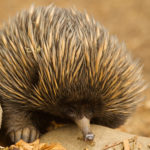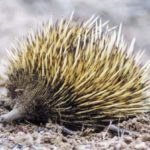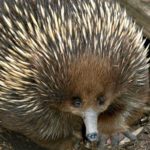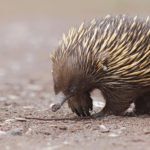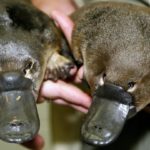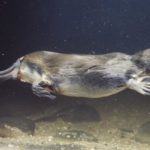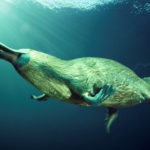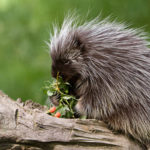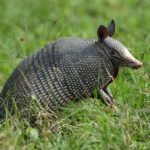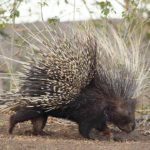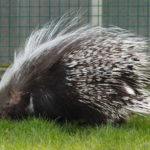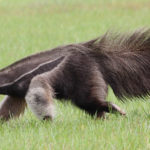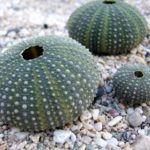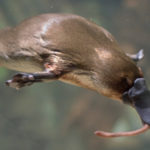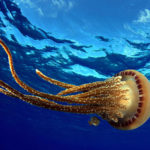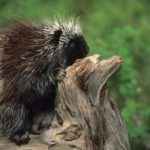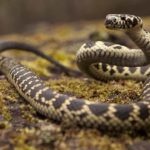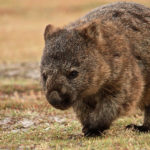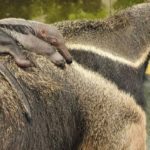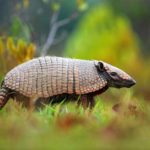Echidnas
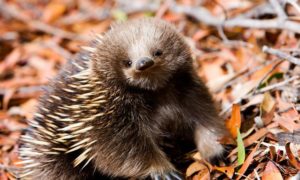 Echidna belong to the unit of single-pass, the platypus also applies to it. The family consists of three varieties of echidna and is divided into two genera. Outwardly echidna resemble a small porcupine due to the fact that they are covered with needles and coarse wool. The length of the body of echidna can be up to 30 cm.
Echidna belong to the unit of single-pass, the platypus also applies to it. The family consists of three varieties of echidna and is divided into two genera. Outwardly echidna resemble a small porcupine due to the fact that they are covered with needles and coarse wool. The length of the body of echidna can be up to 30 cm.
Echidna has a small mouth and it has absolutely no teeth, but it has very strong limbs with large claws. With their help echidna excellently digs. Echidna eat ants and terms, and they catch them with their sticky long tongue.
As a rule, almost all year (excluding the mating season) vipers are lonely. Every single individual carefully protects its territory, where it usually hunts. Echidna has a beautiful vision and notices the slightest movements in the radius of her vision.
She swims well and can travel lightly across large ponds. When echidna feels danger, she quickly buries into the ground leaving her needles on the surface. Not every predator can overcome such protection. The main enemies of echidnas are foxes, dingoes and lizards.
Three weeks after mating, the female viper lays only one egg, which has a fairly soft shell. She puts it in her bag. For about 10 days “incubation” lasts. After the baby hatched the echidna feeds it with milk, allocated pores in two dairy fields.
The cub should remain in the bag for the mother from 45 to 55 days. When the baby starts to grow needles, the mother-echidna digs a burrow for him, which will serve as his home. Echidna visits her cub every 4-5 days and feeds him with milk. This continues until he reaches the age of seven.
To date, the main threat to the reproduction of echidnas are predators brought by humans to their habitats artificially. The reduction of the main habitats and spread of echidna is no less dangerous. In this regard, echidna recognized as a vanishing species.
